Blind Tasting
The practice of blind tasting wines seeks to eliminate the arbitrariness that may arise from knowing the price or the producer of a wine prior to tasting it. The aim of this technique is to neutralize the influence of possible pre-existing relationships and imaginary references based on prejudices or rooted social beliefs.
There are two methodologies related to this practice, which is used as a tool to guarantee unbiased and independent ratings.
On the one hand, in a “double-blind” tasting, the taster has no information about the wine.
Detractors of this technique state that this type of approach strips away the context and therefore reduces the wine’s ability to convey specific traits of its terroir.
On the other hand, and although it also eliminates information that could bring arbitrary advantages, the “single-blind” methodology gives the taster information about the year, the place of origin and the variety of the wine, therefore allowing to refer not only to the complexity and flavors of the wine, but also to the expressions of the harvest within the framework of its variety and region.
Blind tasting is particularly relevant in the field of wine journalism and in the impact that consolidated rating systems have on consumers’ purchasing decisions.
Would you like to learn more about rating systems in the wine industry? Click on the following article link.
